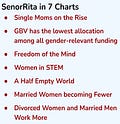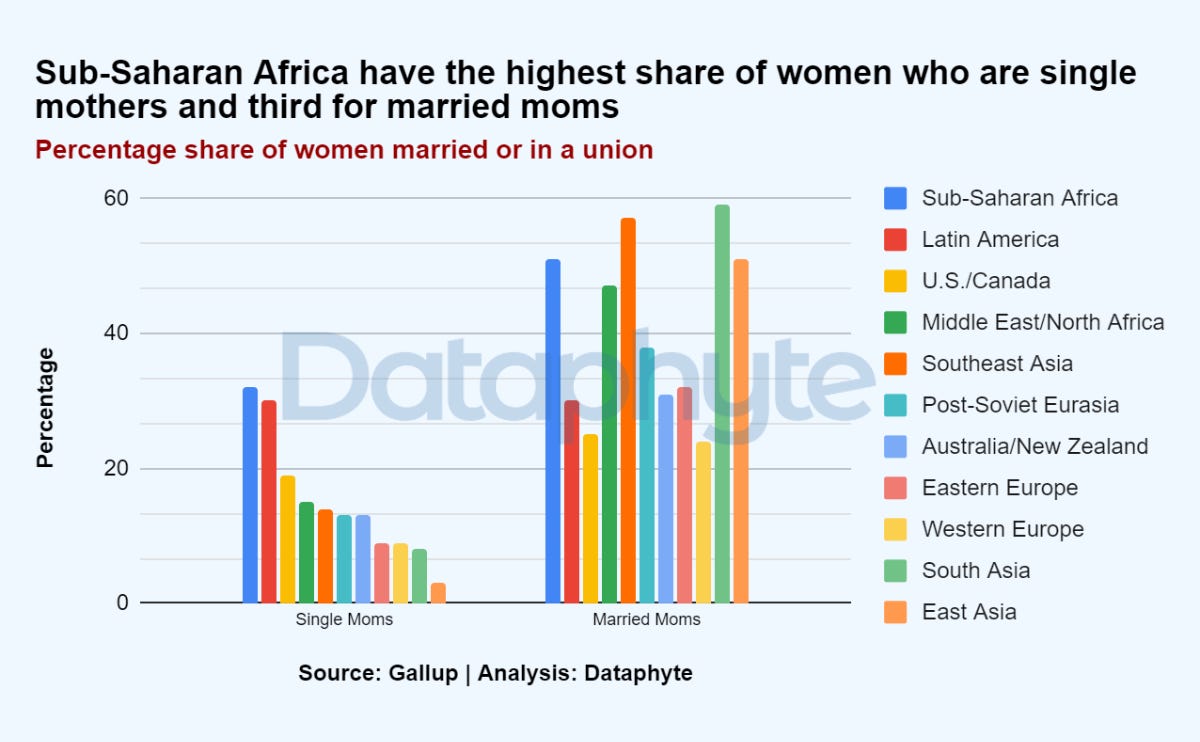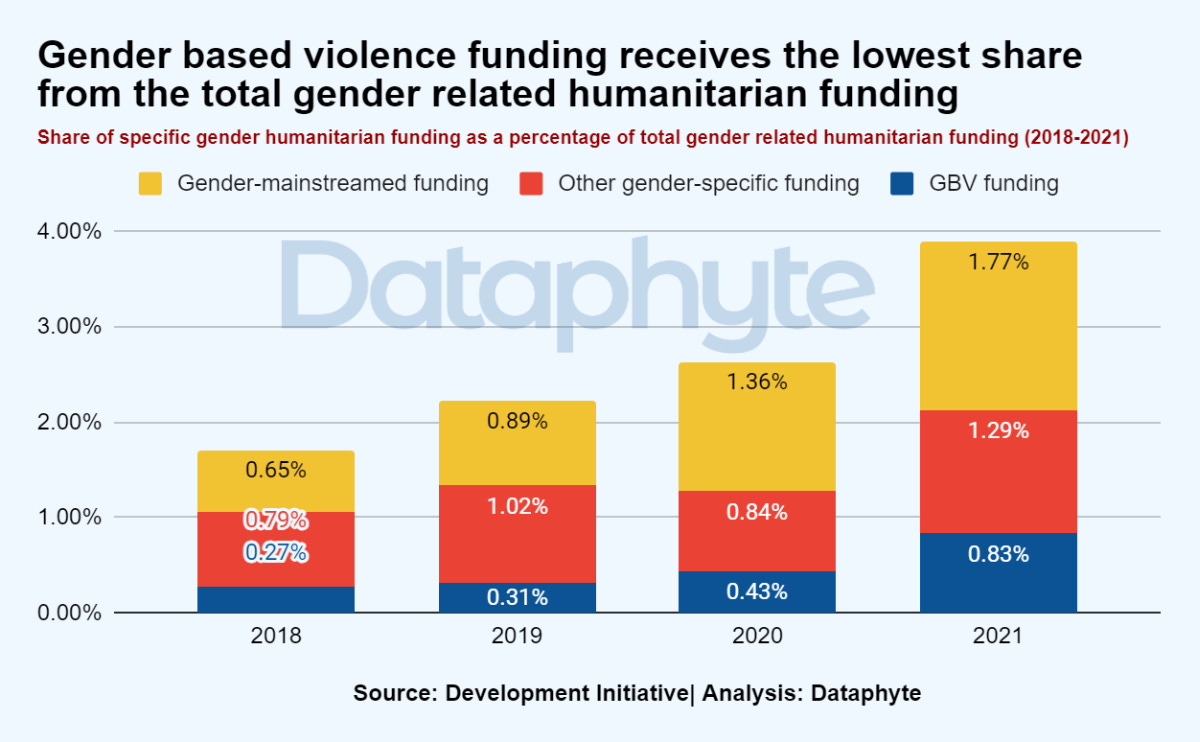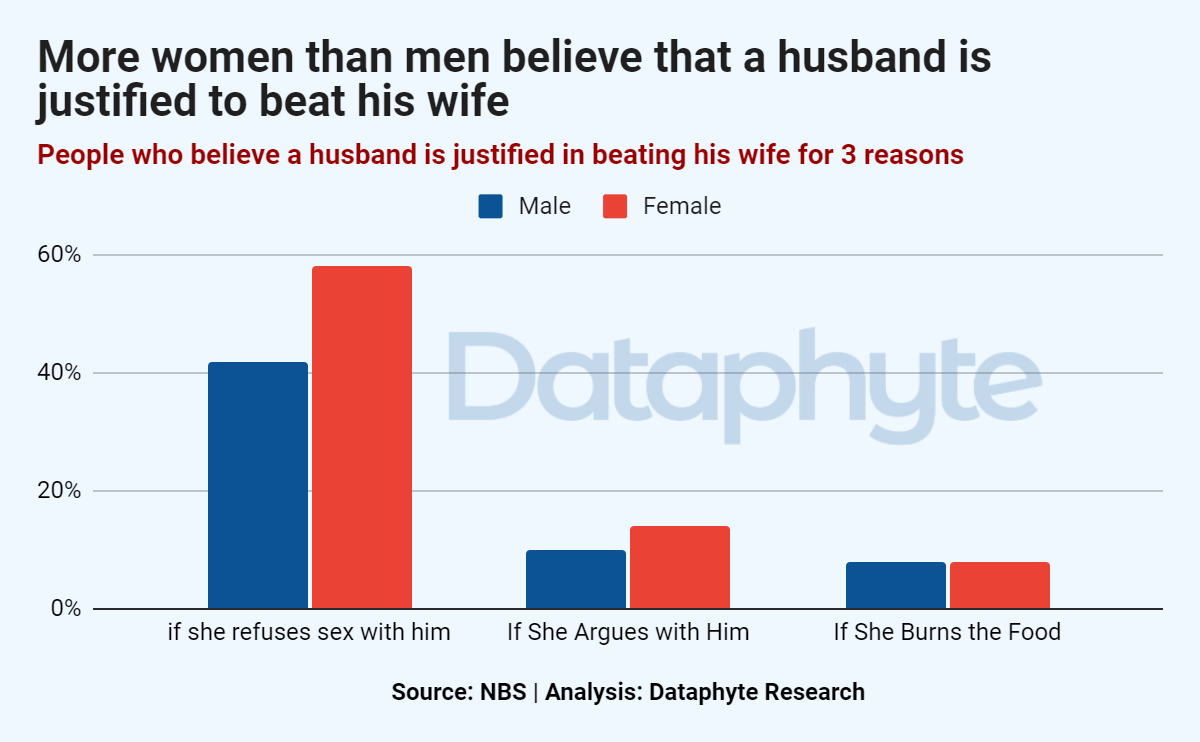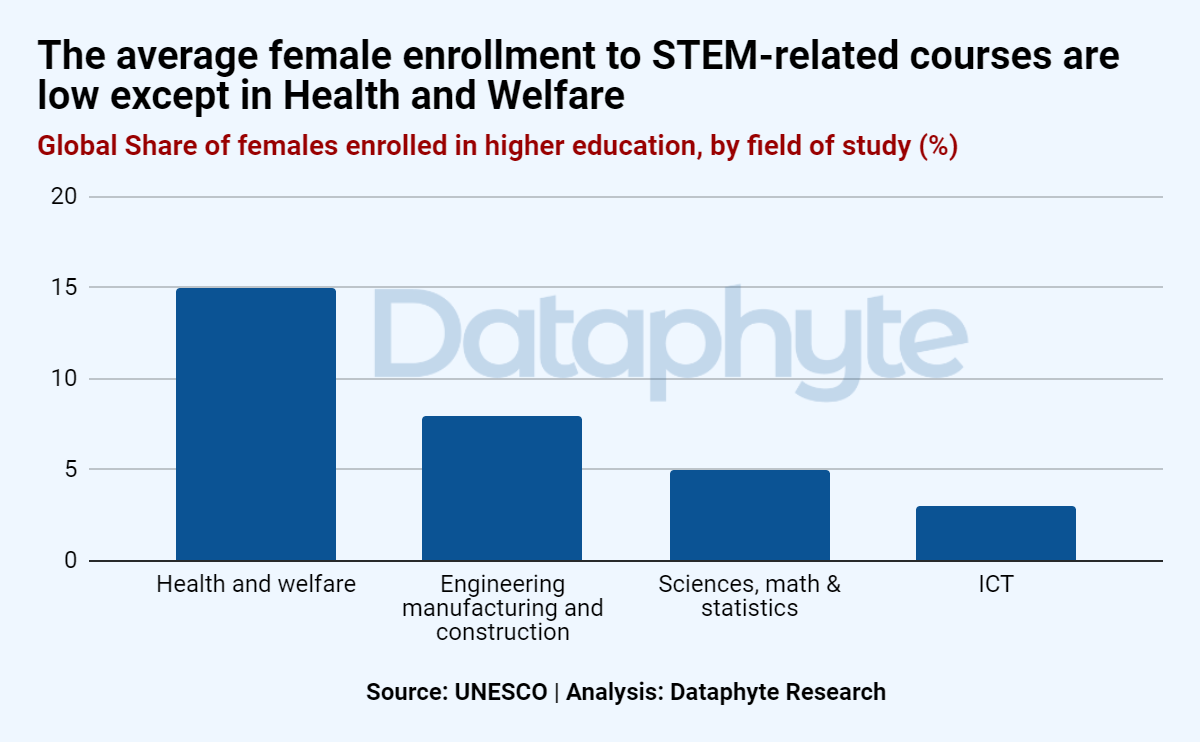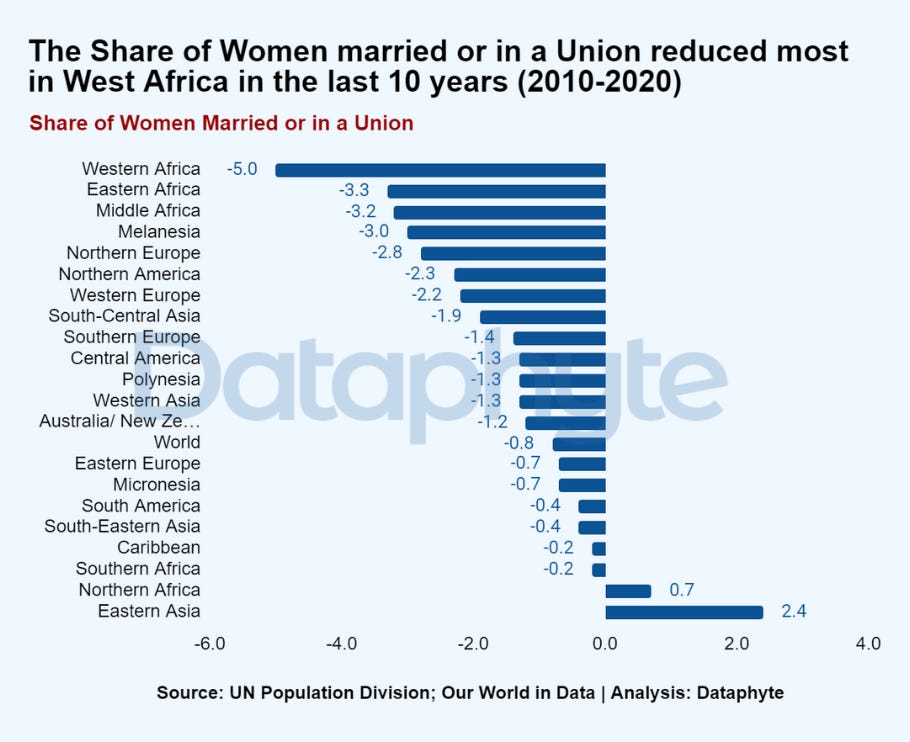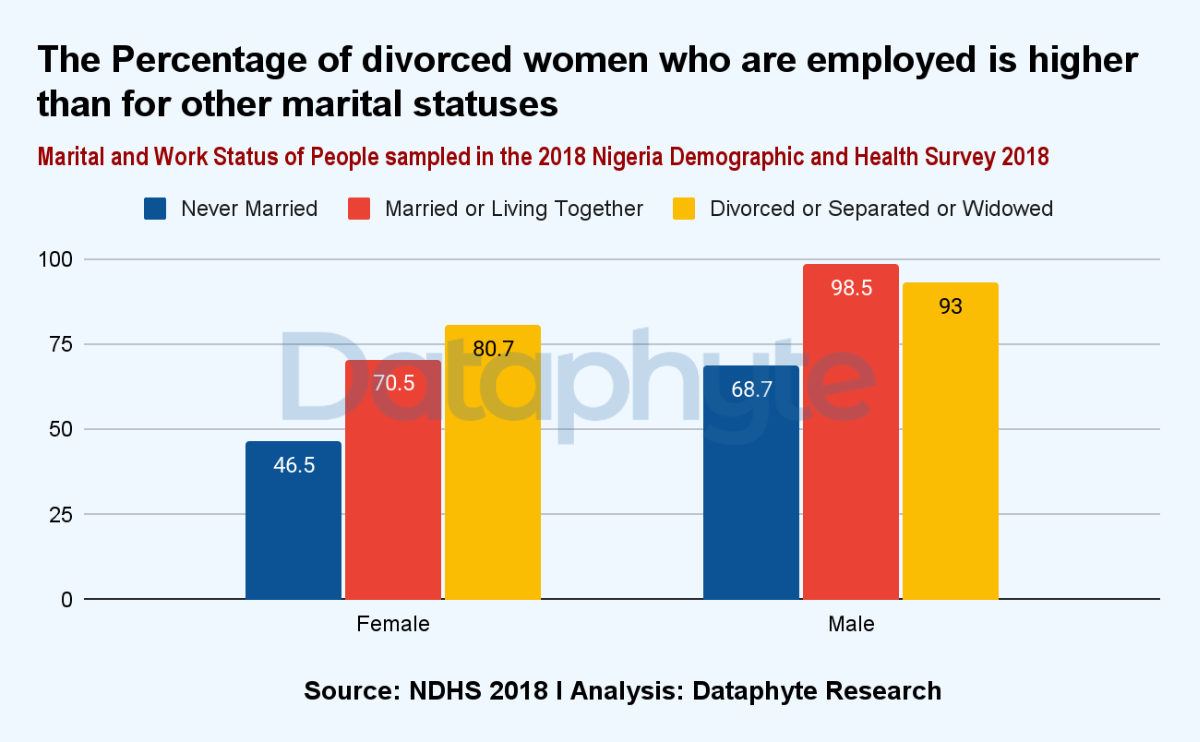If you’re reading this, you’re reading the 8th edition of your favourite newsletter, SenorRita.
For you and those who might be reading this for the first time, we do a quick recap of charts that charted our “inquiry into the delicate issues at the intersection of the male and female genders” up till this point.
Here’s to great reads!
Single Moms on the Rise
Sub-Saharan Africa has the highest percentage of single mothers in the world, which is quite significant at 32%.
This is followed closely by Latin America with a share of 30%, and the US/Canada takes the third place with a 19% share of women who are single mothers.
GBV has the lowest allocation among all gender-relevant funding
Gender-relevant humanitarian funding is allocated to three gender-specific categories, two of which are gender-mainstreamed and the other being gender-specific funding related to gender-based violence.
Out of the three categories, the least amount of money allocated to gender-relevant humanitarian efforts is directed towards gender-based violence.
Freedom of the Mind
The most limiting of all assaults on a woman’s worth is her miseducation to think and act against herself.
While gender-based violence is on the increase, it’s surprising, and sad, that women encourage it more than men.
Women in STEM
A UNESCO report on Girls’ and women’s education in science, technology, engineering, and mathematics (STEM) shows that within the female student population in higher education globally, only 31% choose STEM-related fields of study.
Female students’ enrolment is particularly low in ICT (3%), natural science, mathematics, and statistics (5%), and engineering, manufacturing, and construction (8%); the highest is in health and welfare (15%) studies.
STEM means Science, Technology, Engineering, and Mathematics related courses.
A Half Empty World
Apart from the effects of migration, many countries in the world are predicted to have a population decline of over 50% in 2100, due to a general decline in the number of children women give birth to, otherwise known as the fertility rate.
At the inter-continental level, African women give birth to more children than those in other continents. On average, an African woman gives birth to over 4 children as of 2021. Women in other continents give birth to 2 or less children.
Yet, Nigerian women bear more children than the average African woman. Nigerian women give birth to over 5 children.
Married Women becoming Fewer
West Africa, Eastern Africa, and Middle Africa have witnessed the most significant decline in the proportion of women married or in a union compared to other continents across the globe.
West Africa, in particular, had the biggest drop in the number of married women, with a 5% drop in ten years, spanning from 2010 to 2020. Middle and East Africa come second and third, respectively, with a 3.3% drop in the share of married women. in Eastern Africa and a drop of 3.2% in Middle Africa.
Divorced Women and Married Men Work More
Women who are divorced, separated or widowed are more likely to be at a job than those who are married. In turn, women who are married are more likely to have a job than those who have never been married.
However, the reverse is the case for men. There are more married men who are employed than single and divorced men.
Data from the Nigeria Demographic and Health Survey (NDHS) shows that 47 of every 100 women who have never been married work. That is, less than half of single women who have never been married work.
Married women do much better. Here, 72 of every 100 women who are married or living together with their men were working.
Among men, 99 out of every 100 married men are working. Among divorced men, it is 93 in every 100.
This edition of SenorRita was compiled by Funmilayo Babatunde, who does not believe that a husband is justified to beat his wife and edited by Oluseyi Olufemi who believes that a woman is justified to beat her husband😀.

